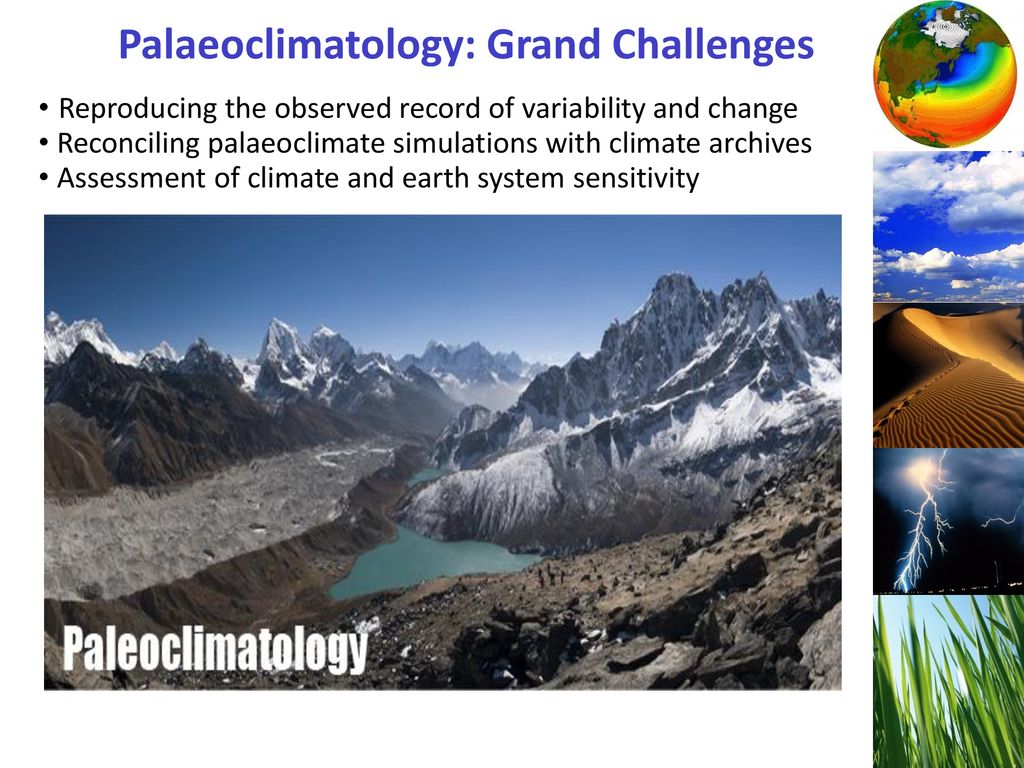Palaeoclimatology is the study of past climates. It uses a variety of techniques to reconstruct climate change over long time periods, up to several million years ago.
The main methods used in palaeoclimatology are:
– proxy data: using indirect evidence to reconstruct past climate conditions;
– computer simulations: using models to simulate how the climate might have changed in the past; and
– direct observations: using evidence from rocks, fossils and ice cores.
Proxy data includes information about temperature, precipitation and wind patterns preserved in tree rings, corals, ice cores, sediments and other natural archives. These proxies can be used to reconstruct local or regional climates, as well as global climate conditions. Computer simulations are used to model how the climate system works and how it might have changed in the past. These models are based on our understanding of physics, chemistry and biology. Direct observations of past climates can be made by studying ancient rocks, fossils and ice cores.
Palaeoclimatology is a vital science that helps us understand how our climate has changed in the past and what might happen in the future. It is essential for informed decision making about issues such as adaptation to climate change and mitigation of greenhouse gas emissions.


